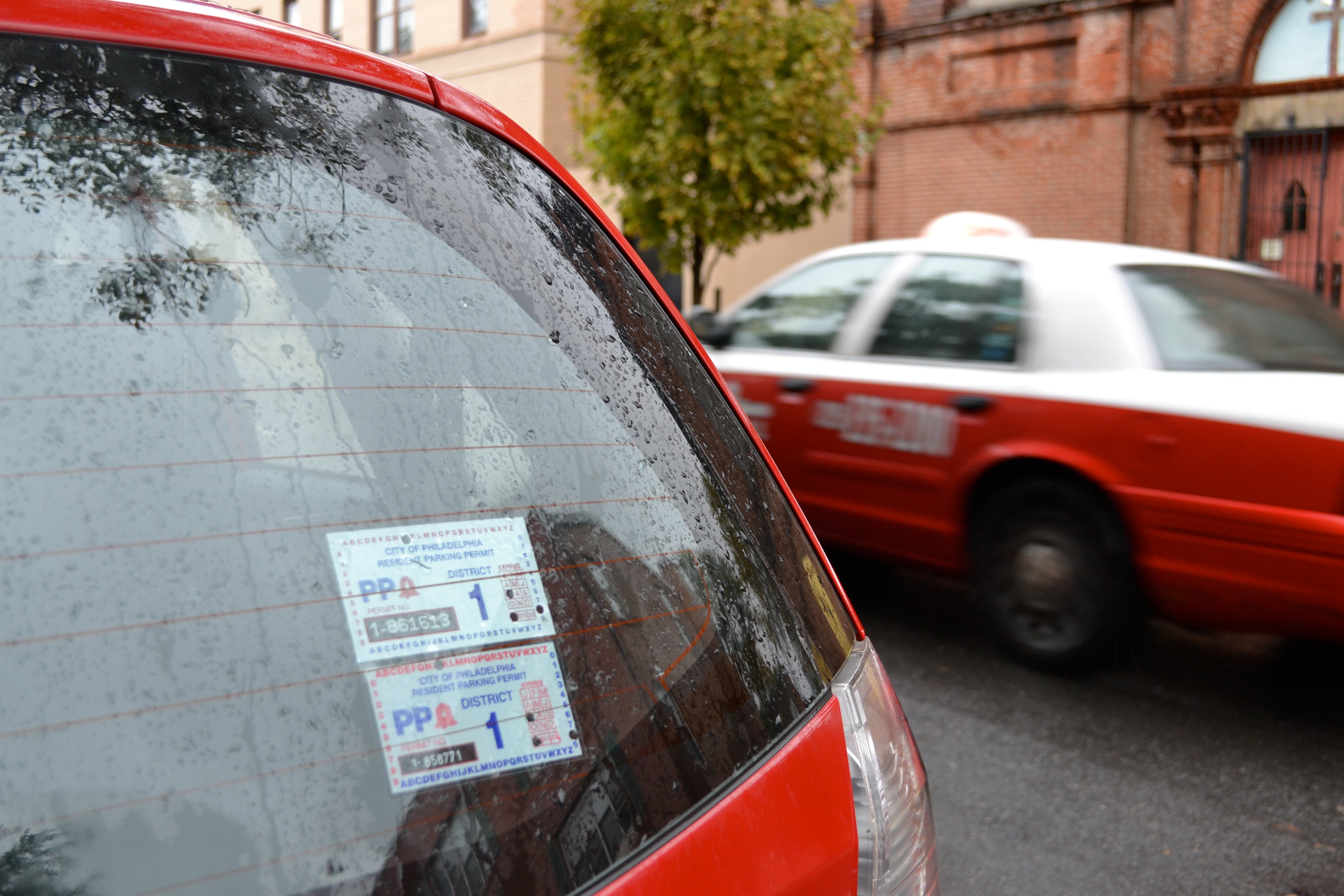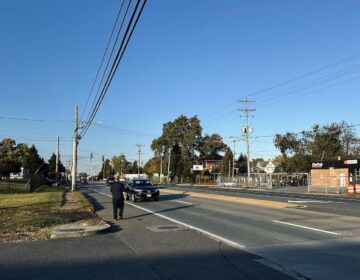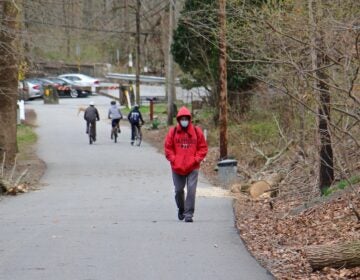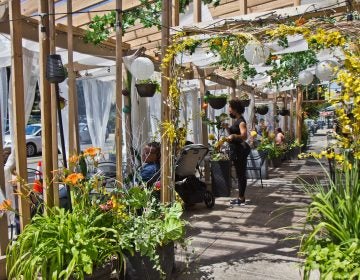Philadelphia has a parking problem. At face value, we have a tremendous number of spots: 2,172,896 at the most recent count. However, an absolute number is meaningless. Who cares about the parking lots at the stadiums if you struggle to find a spot near your home?
There is no universal solution. Some neighborhoods have a parking crunch, and others do not. The neighborhoods with tough parking generally have an influx of newcomers along with old-timers who fondly recall a time they were easily able to find spots for their cars.
What if I told you a step toward that past was possible?
People either love or hate the Philadelphia Parking Authority’s Residential Permit Parking program, but there is no doubt that it is effective. When I walk by RPP blocks, I almost always see spots open. Meanwhile, unpermitted blocks are overflowing with vehicles. The RPP program is the best tool we have available to manage what parking already exists. Our streets are the most valuable public resource we have, and the city government is obligated to ensure they are used responsibly. Other proposals to solve parking issues, such as increased parking minimums, are wrong — we have sufficient parking on our streets, the problem is that it is not managed.
It’s hard to believe, but streets without RPP are completely unregulated by the city. With no RPP posted, you can park any vehicle as long as you want. Under the current parking laws, it is perfectly legal for someone to drive into the city from New Jersey, park a car on an unpermitted block in South Philly, and take a Lyft to the airport for a two-week-long vacation. Meanwhile, a city resident who gets home at 7 p.m. from work is stuck circling the neighborhood for a spot. There is something wrong with our parking policy when it is easier for someone from out-of-state to park here long term than someone who actually lives here.
Instead of making RPP opt-in by citizen petition on a block-by-block basis, City Council should implement blanket RPP zones — in which all streets within the zones require permit parking — in those neighborhoods where parking is in short supply.
There are ways to study and determine which neighborhoods lack sufficient parking. For instance, the Streets Department could send out multiple vehicles in a given permit zone and attempt to find parking at different times of day over the course of a few months. If parking could be found, say, within five minutes, then a permit zone would not be designated. However, if the average circling time was 15 minutes, then perhaps a permit zone would be warranted. The study process could be initiated by a Registered Community Organization letter to its district City Council representative, or by a petition circulated by residents within the zone.
By implementing a blanket RPP zone, only vehicles registered locally could park long term. Vehicles from out-of-state and out-of-town would need temporary visitor permits or contractor placards, or be limited to short time periods in a spot. The mayor and City Council should not be waiting for residents to take initiative to regulate street space.
We should also increase parking-permit fees for every vehicle over the second registered to an address. This would strongly dissuade people from parking every single vehicle on the street, and push them toward dedicated garage parking. Approximately 40 percent of employed residents reverse-commute to the suburbs for work, which generally requires a car to reach the destination in a
reasonable amount of time. While we work toward implementing policies that improve transit and attract jobs to accessible locations in the city, people still need to get to work. That being said, at some point we need to strongly dissuade people from having more than two vehicles in areas where the street space does not exist to sustain that lifestyle. Residential permit fees are a legitimate tool we can use
to control parking demand.
To be clear, escalating permit prices for every vehicle beyond the second would not work without a blanket RPP zone. If people can avoid the higher fees, then they will do so — unpermitted blocks would remain dumping grounds for unregistered vehicles. The baseline for parking demand is set by first implementing RPP zones at current rates. Once we have an understanding of who actually parks in any given neighborhood, and have removed out-of-state and abandoned vehicles from our streets, it will be easier to figure out what we need to do to ensure that everyone who needs to park a car can do so in a reasonable amount of time.
Implementing permit-parking zones and increasing permit fees for third cars and beyond are simple steps that the mayor and the council could take so that residents are not constantly frustrated with the parking situation.
Residents are being consciously subjected to wasting hours of their lives every week circling for parking spots. This does not need to happen, and these proposed policy changes can make life easier for people who need to commute by car.








